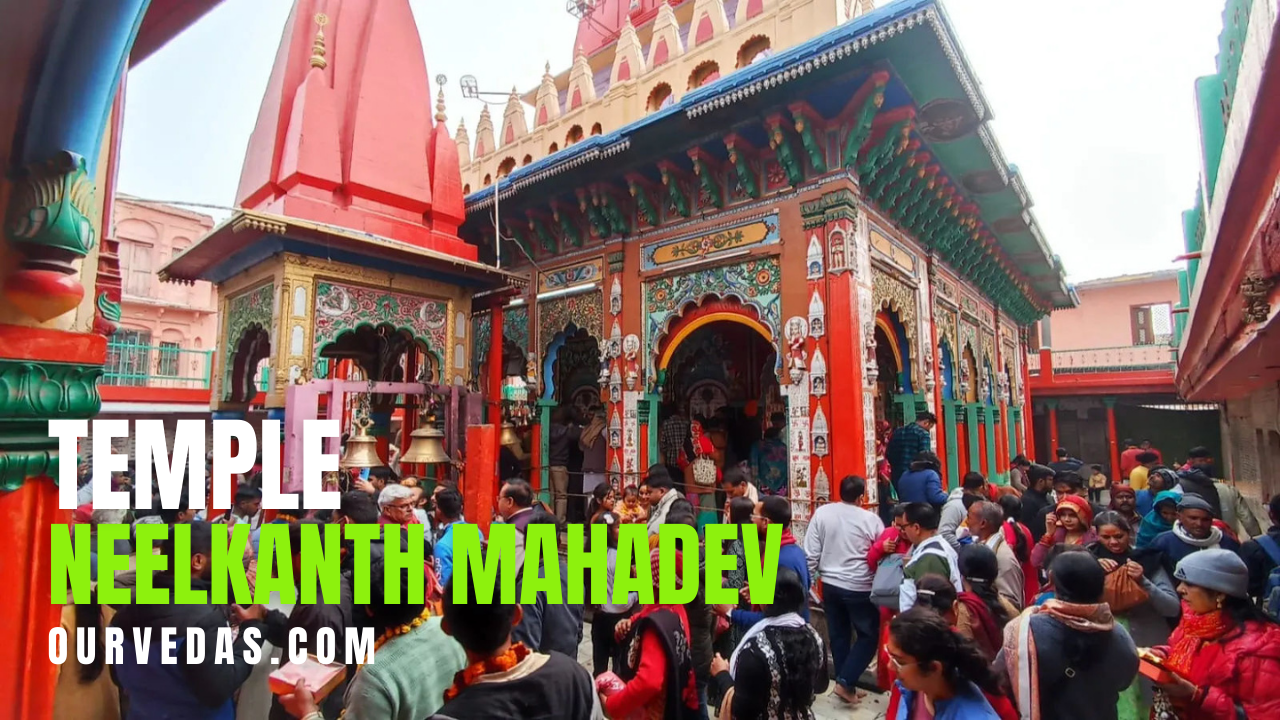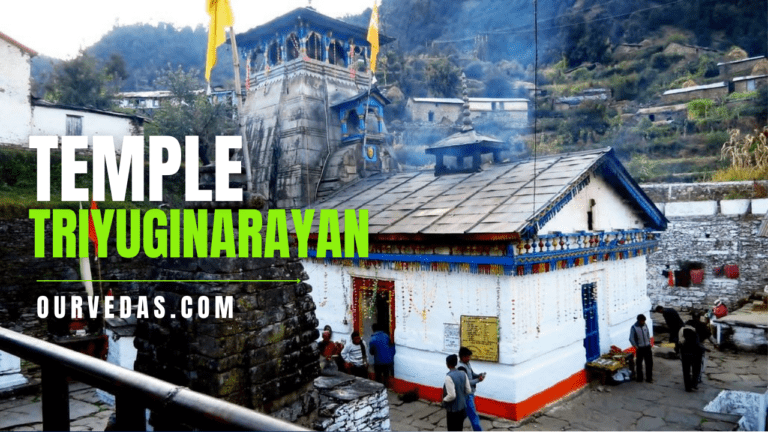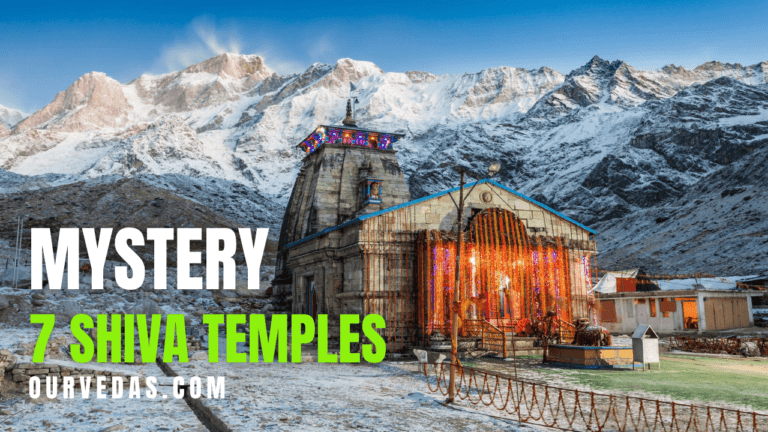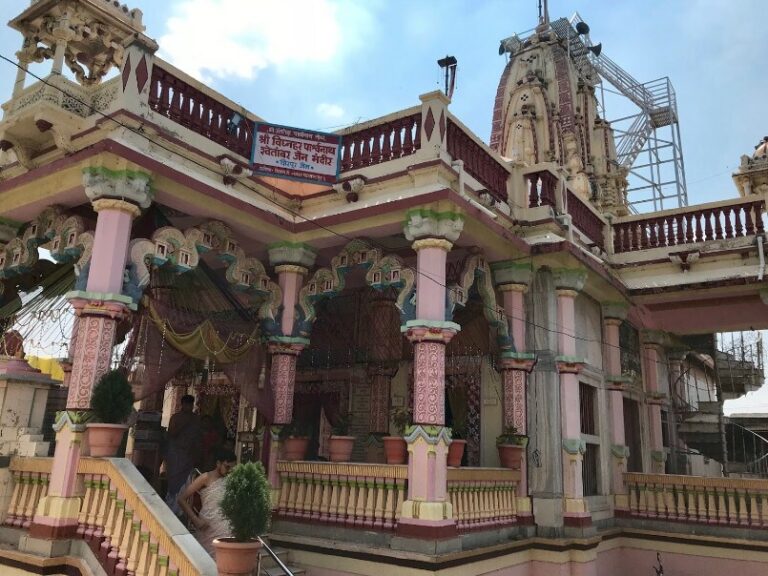Neelkanth Temple is an important center of Hindu pilgrimage located on the outskirts of Rishikesh in Uttarakhand, India. Dedicated to Lord Shiva called Neelkanth meaning “the blue-throated one,” this is a title given to the legendary incident when Lord Shiva is said to have drunk a deadly poison to save the world from destruction during Samudra Manthan (churning of the ocean). But do you know how to reach Neelkanth Mahadev Temple from Rishikesh?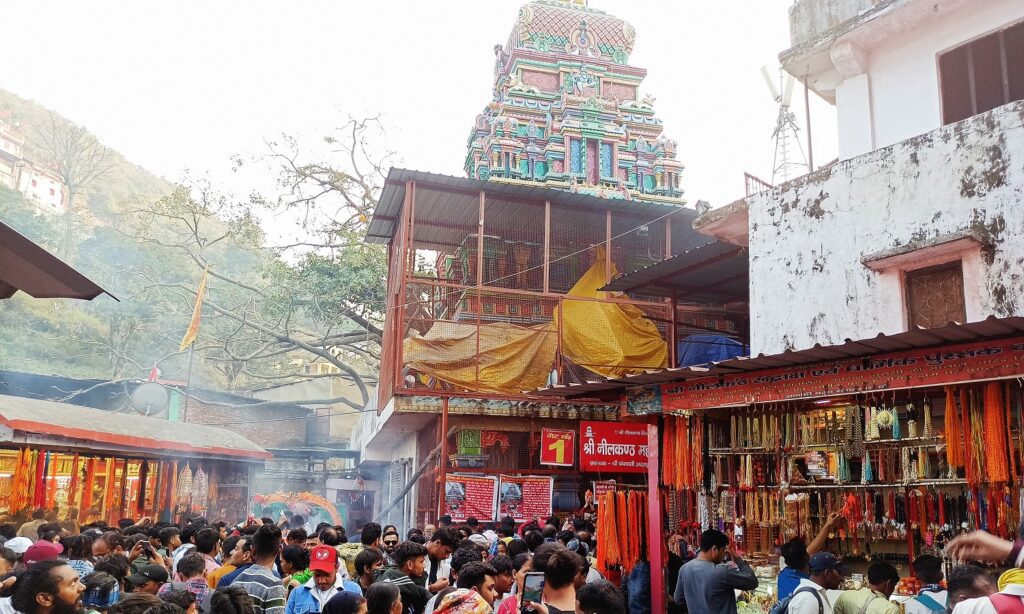
Beautifully surrounded by natural scenery and located at an elevation of about 1,330 meters above sea level, the temple is a wonderful pilgrim destination, especially visited on the festival of Mahashivaratri. The peaceful nature along with the spiritual atmosphere at the temple makes it attract many visitors.
How to reach Neelkanth Mahadev Temple from Rishikesh?
To reach Neelkanth Mahadev Temple from Rishikesh, there are a few routes available.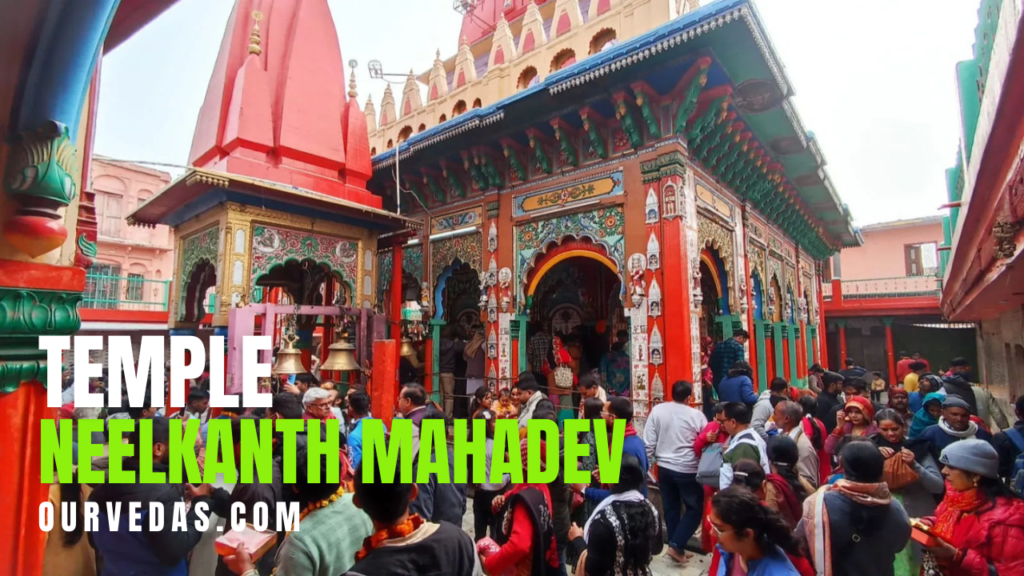
By Road: The temple is situated 30 kilometers from Rishikesh. You can easily hire a taxi or have a private vehicle. It’s a well-maintained road with beautiful views; it takes around 1 to 1.5 hours to reach the place.
Public Transport to reach Neelkanth Mahadev Temple from Rishikesh
Local bus or shared taxi from Rishikesh to Neelkanth. Bus service is available from the Rishikesh bus stand, though you may need to check ahead of time to find out which buses are running.
The taxi fare from Rishikesh to Neelkanth will be around ₹1,500 to ₹2,500, depending on the type of vehicle, the taxi service you opt for, and extra charges. You can ask the local taxi services for an accurate rate if you’re planning a round trip or multiple stops during the journey. Sometimes, advance booking may also help you get better rates.
To take a bus from Rishikesh to Neelkanth Mahadev Temple, follow these steps:
- Departure Point: The bus stand is situated near the main market area in Rishikesh. Buses for various destinations can be found here.
- Bus Availability: Look for buses that go towards Neelkanth or Devprayag. Some buses may not go directly to the temple but will drop you off at a point close to it. It’s a good idea to ask local drivers or conductors for the right bus.
- Frequency: Buses generally run frequently throughout the day, especially in the morning. However, it’s advisable to check for the current schedule, as timings can vary.
- Travel Time: A bus journey normally takes 1.5 to 2 hours, depending on the traffic and the road conditions.
- Access to the Temple: After getting off at the nearest drop, you will need to cover a short distance by an auto-rickshaw or by walking since it may not be directly accessible by the bus.
- Return Journey: For the return journey, buses will be available from the same drop-off point. Keep an eye on the time to ensure you catch a bus back to Rishikesh.
Always check the latest timings and routes, as they can change. Enjoy your visit to the temple!
Trekking to Neelkanth Temple
If you like trekking, then there is a hike to Neelkanth Temple that can be done starting from the village nearby. It will take about 3-4 hours, but the route is scenic.
Guided Tours
You may also consider hiring a guided tour that would arrange transportation to the temple for you. This is convenient if you want everything organized for you.
Scooter Rental
You can rent-out a scooter in Rishikesh. And why not, as Rishikesh has rentals by the dozen, which includes almost all bike types one requires. Just do research online or get a contact or two from the hotel in local rental shops. Ideally located places will be located within the reach of any corner of the main market area or at tourist sights within the local vicinity.
- ID and License: You will require a valid driving license and an ID proof (such as an Aadhar card, passport, etc.), as these are mostly asked for while hiring a scooty.
- Select the Correct Model: Rental shops normally provide a range of scooters. Select one that fits your comfort and the kind of journey you would be taking.
- Check Rental Rates: Rental prices can vary, so inquire about the daily or hourly rates. Typically, it can range from ₹300 to ₹700 per day, depending on the model and rental shop. Ensure to ask about any security deposits or extra charges.
- Inspect the Scooty: Before finalizing the rental, inspect the scooty for any damage and check the fuel level. Note down any existing scratches or dents and inform the owner to avoid disputes later.
- Understand Rental Policies: Clarify the rental agreement. Ask about insurance coverage, fuel policy, and what to do in case of engine trouble or an accident.
- Return Procedure: Also ask for the procedure followed while returning the scooty including fuel refill expectations and how much time would it take for the return.
- Exploring Rishikesh and surrounding areas: You must explore Rishikesh and its surroundings once you have your scooter. And don’t forget to carry a helmet, besides the traffic rules of that particular region.
Whichever means you decide to take to visit Neelkanth Mahadev Temple, it is important that you observe the local weather conditions and time, particularly when the monsoon or winter sets in.
Best Time to Visit Neelkanth Mahadev
Neelkanth Mahadev Temple is usually at its best during the period from March to June and from September to November.
March to June is a period when the climate is mild and perfect for sightseeing, as the temperature during this period ranges from 15°C to 30°C. It is one of the best times for outdoor activities since the region is lush and vibrant after the winter months.
September to November: The weather becomes fine after the monsoon, and the view is very beautiful, all green. It’s warm, so a great time for visits too.
Avoid visiting during the peak monsoon months (July and August), as heavy rains can lead to landslides and make travel challenging. Additionally, winter months (December to February) can be quite chilly, especially during early mornings and evenings, though some visitors may still enjoy the serene atmosphere.
Always check the local weather conditions before planning your trip to ensure a safe and enjoyable visit!
History of Neelkanth
The term “Neelkanth” is commonly referred to as Lord Shiva in Hindu and literally refers to “blue throat” in Sanskrit. This is a name due to the most important event in myths, as found in the ancient Hindu scriptures and the very famous “Samudra Manthan,” or the churning of the ocean, which finds a proud place in the many Hindu traditions.
The Devas (gods) and Asuras (demons) according to this myth conspired to churn the ocean so that they can obtain Amrita, nectar of immortality. While doing that, lots of precious articles and personalities rose from the sea, and in return it produced the deadly poison named “Halahala”. It endangered the heaven as well as the earth with the loss of which, the gods and demons alike suffered so much distress.
Saving the universe, Lord Shiva stepped in. He kept the poison in his neck rather than swallowing it due to which his neck had turned blue, and as the tale tells, he is known to be Neelkanth. This act of sacrifice of self reveals Shiva as a protector and a transformer, which symbolises compassion and strength.
The Neelkanth is also worshipped in various temples and is the epitome of strength and endurance to bear pain for the welfare of all. Festivals like Maha Shivaratri celebrate Lord Shiva, and many devotees call upon Neelkanth for protection and blessings.
The lore of Neelkanth transcends religion and often becomes a metaphor for overcoming obstacles and embracing challenges for the greater good.

